The Perfume History: The Scent of Civilization Through Thousands of Years

Perfume is not just a few sprays of pleasant aromatic mist—it is the essence of perfume history, carrying a legacy of fragrant harmonies unfolding across ages. From incense burned in Pharaonic temples to today’s niche perfumes, each scent tells the story of humanity itself.
Perfume history can be seen as a mirror reflecting the evolution of cultures, trade routes, and scientific revolutions through the centuries. More than a cosmetic, perfume has been a spiritual tool, a symbol of social status, and a refined art form. Join us on this journey through lilies and time to discover how perfume history shaped our world, and why choosing a trusted source for these treasures is key.
Legendary Beginnings: Perfume in Ancient Civilizations
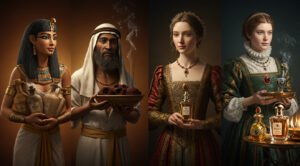
Ancient Egypt: The depth of Fragrance
Egyptians played a central role in perfume history. They used scents in mummification, religious rituals, and personal adornment. Myrrh, frankincense, and cinnamon were highly valued. Queen Cleopatra famously scented her ship’s sails with exotic perfumes to enchant Mark Antony.
Mesopotamia and Persia
Perfume spread across regions. The Babylonians excelled in the spice and fragrance trade, while Persians revolutionized extraction by distilling flowers, especially roses. Shiraz became a hub for perfumery, laying the foundations of modern techniques.
The Arab Golden Age: A Scientific Leap
With the rise of Islamic civilization, perfume history advanced significantly. Chemist Jabir ibn Hayyan refined distillation, and physician Avicenna perfected steam distillation—particularly with roses. Their contributions shaped the perfume industry as we know it today.
Expansion and Refinement: Perfume Conquers Europe
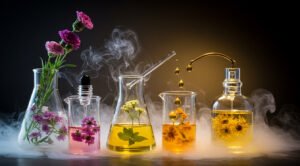
The Silk Road & Trade
Perfume ingredients traveled via the Silk Road, introducing Europeans to exotic scents once reserved for the elite. Perfume became a luxury for aristocrats and royalty.
The Renaissance & Italy
Italy, especially Venice, thrived as a perfume center in the journey of perfume history. Catherine de’ Medici introduced her personal Italian perfumer to France, setting the stage for French dominance in perfumery.
France: The Perfume Capital
By the 18th century, Grasse emerged as the world’s perfume capital, cultivating jasmine, roses, and other flowers. Esteemed houses such as Houbigant and Lubin began, cementing perfume as both an art and industry.
Industrial Revolution: Perfume for the Masses
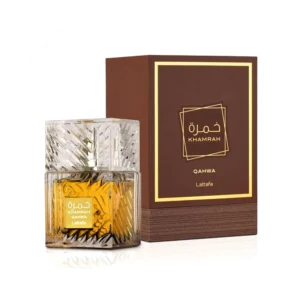
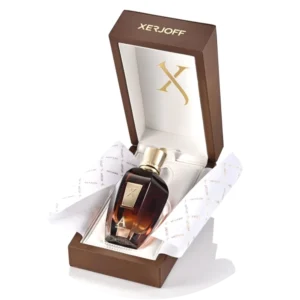
Organic Chemistry & Synthetic Perfumes
The 19th century saw synthetic molecules like coumarin and vanillin, enabling entirely new scents (like ocean or metallic notes) and affordable prices.
Birth of Iconic Brands
François Coty pioneered modern perfume by blending natural and synthetic notes. Legendary houses like Guerlain, Chanel (with Chanel No. 5 in 1921), and Dior defined the 20th century fragrance landscape.
The Modern Era: Diversity and Personalization
Perfume today has evolved into a highly diverse and specialized industry. Fragrances are tailored by gender, occasion, and culture.
The Global Rise of Arabic Perfumes
Oud, amber, and musk—traditional Middle Eastern notes—have gained worldwide prestige, influencing major fashion houses.
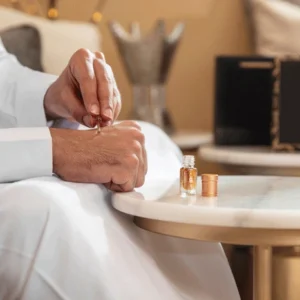
Niche Perfumes: Back to the Roots
As a reaction to mass-market production, niche perfumery focuses on creativity, authenticity, and craftsmanship, telling unique stories with rare ingredients.
Conclusion; Perfume history reveals that every bottle carries within it centuries of human creativity and cultural exchange. From sacred rituals to precise chemistry, perfumes evolved to express identity and taste. Understanding this history enriches not only our knowledge but also our appreciation of the art we wear every day.
FAQ
1. What is the oldest known perfume?
The oldest manufactured perfume dates back over 4,000 years, discovered in Cyprus, with notes of pine, almond, and herbs.
2. How were perfumes preserved in history?
Initially stored in porous materials like pottery and alabaster, later preserved in glass bottles to protect against light and evaporation.
3. What role did the Islamic world play in perfume history?
Muslim scientists perfected distillation methods, enabling pure extraction of essential oils—techniques still fundamental today.
4. How did perfumes affect ancient economies?
Resins like frankincense and myrrh were as valuable as gold, driving global trade routes and enriching empires.
Why Is “Pharmacista” the Guardian of Your Fragrance Heritage?
- Authentic Roots: We offer more than products—we deliver history.
- Certified Authenticity: Every perfume comes with a guarantee of originality.
- Future Vision: Keeping pace with niche and global trends.
- Transparent Heritage: Each fragrance’s story and brand history shared with you.
- Expert Advisors: Our perfume consultants know the depth of fragrance history.
- Luxury Packaging: Elegant presentation that preserves fragrance quality.
- Cultural Shopping Experience: Visiting our store is a heritage journey.
- Commitment to Quality: We partner only with houses that value craftsmanship.
- Rewarding Loyalty: Exclusive loyalty program for true fragrance lovers.
- Trusted Knowledge Source: Rich educational content for enthusiasts.
Don’t just buy a perfume—own a piece of history. Discover Pharmacista’s curated collection that blends the genius of the past with the taste of the present. Choose your next fragrance with confidence.

 Skin exfoliation products
Skin exfoliation products
 Skin moisturizing products
Skin moisturizing products
 Skin cleansers
Skin cleansers
 Sun protection products
Sun protection products
 Skin whitening products
Skin whitening products
 Skin serums
Skin serums
 Korean skin care products
Korean skin care products
 Skin masks
Skin masks
 Natural skin care products
Natural skin care products
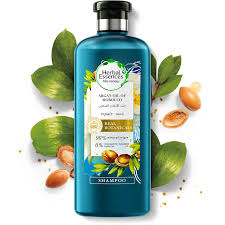 Shampoo
Shampoo
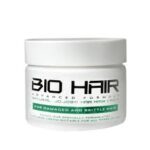 Hair cream bath and masks
Hair cream bath and masks
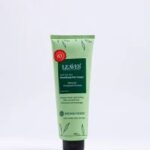 Hair styling products
Hair styling products
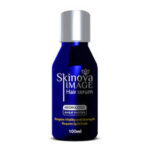 Hair oils and serums
Hair oils and serums
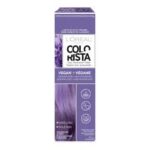 Hair dyes
Hair dyes
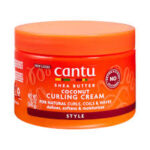 Natural hair products
Natural hair products
 Baby strollers
Baby strollers
 Baby toys
Baby toys
 Baby carriers
Baby carriers
 Car seats
Car seats
 Baby walkers
Baby walkers
 Baby rockers
Baby rockers
 Baby beds
Baby beds
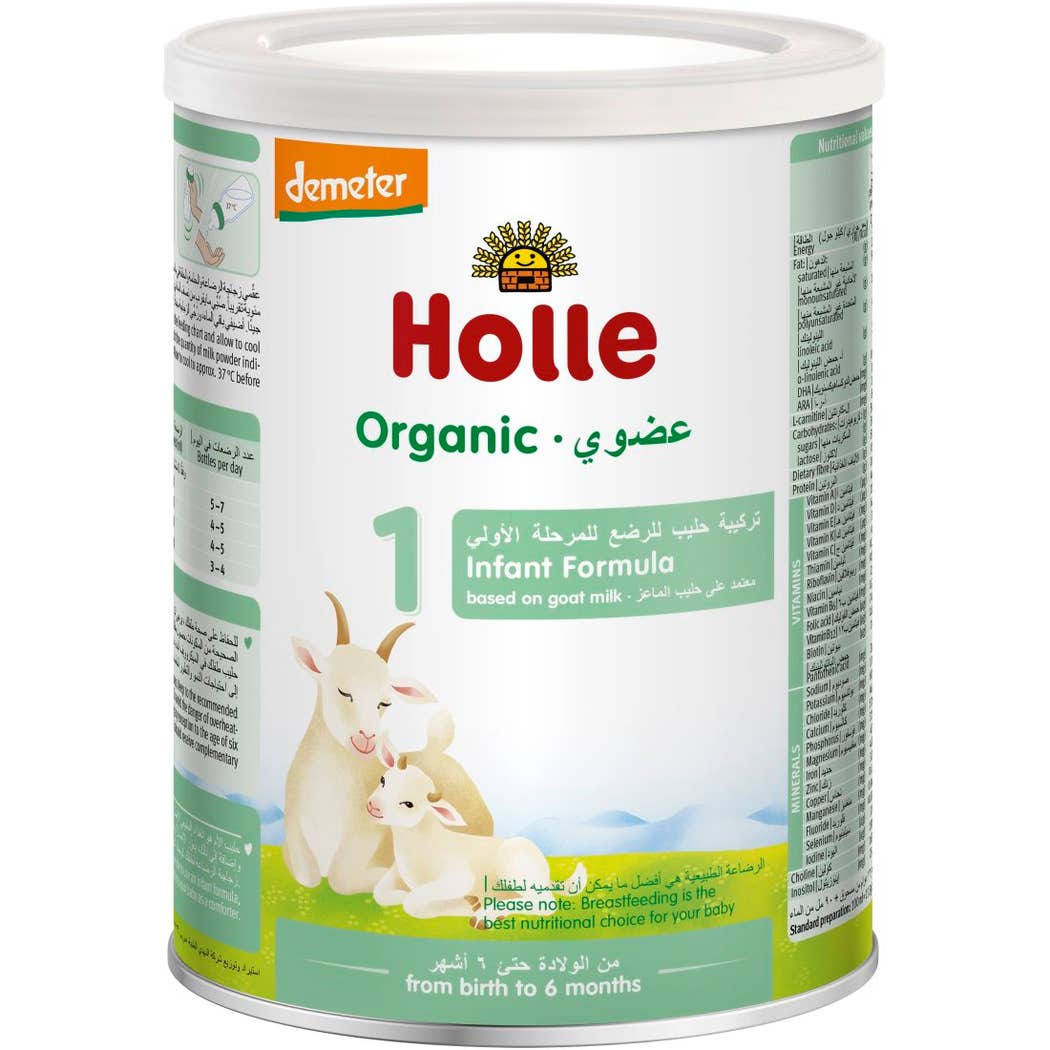 Baby milk
Baby milk
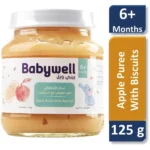 Baby food
Baby food
 Baby feeding supplies
Baby feeding supplies
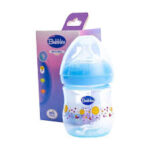 Baby bottles
Baby bottles
 Pacifiers
Pacifiers
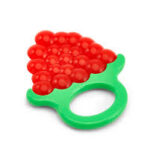 Teethers
Teethers
 Baby hygiene care
Baby hygiene care
 Skin care for babies
Skin care for babies
 Diapers
Diapers
 Perfumes for babies
Perfumes for babies
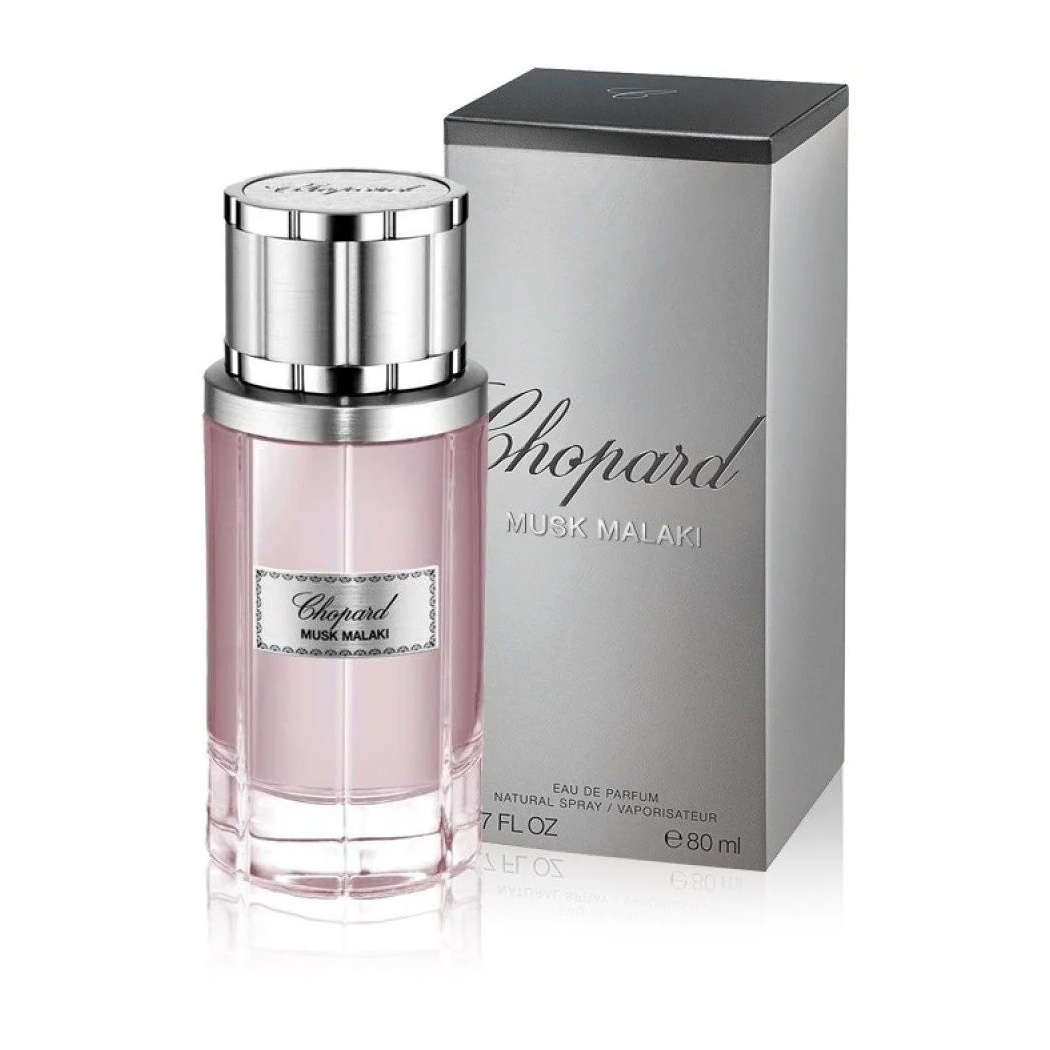 Women’s perfumes
Women’s perfumes
 Men’s perfumes
Men’s perfumes
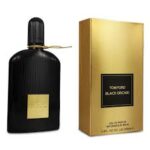 Unisex perfumes
Unisex perfumes
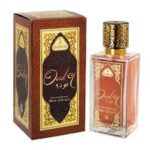 Oriental perfumes
Oriental perfumes
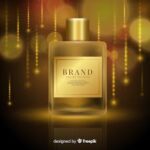 Luxury perfumes
Luxury perfumes
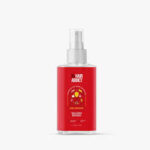 Hair perfumes
Hair perfumes
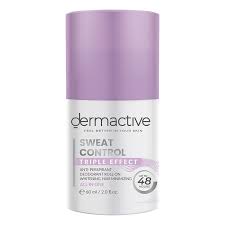 Deodorants
Deodorants
 Body and shower care
Body and shower care
 Women’s care products
Women’s care products
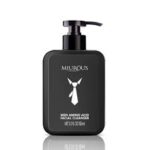 Men’s care products
Men’s care products
 Sexual health
Sexual health
 Lipsticks
Lipsticks
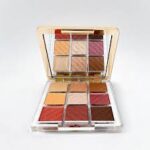 Eye Makeup
Eye Makeup
 Face Makeup
Face Makeup
 False nails and lashes
False nails and lashes
 Contact Lenses
Contact Lenses
